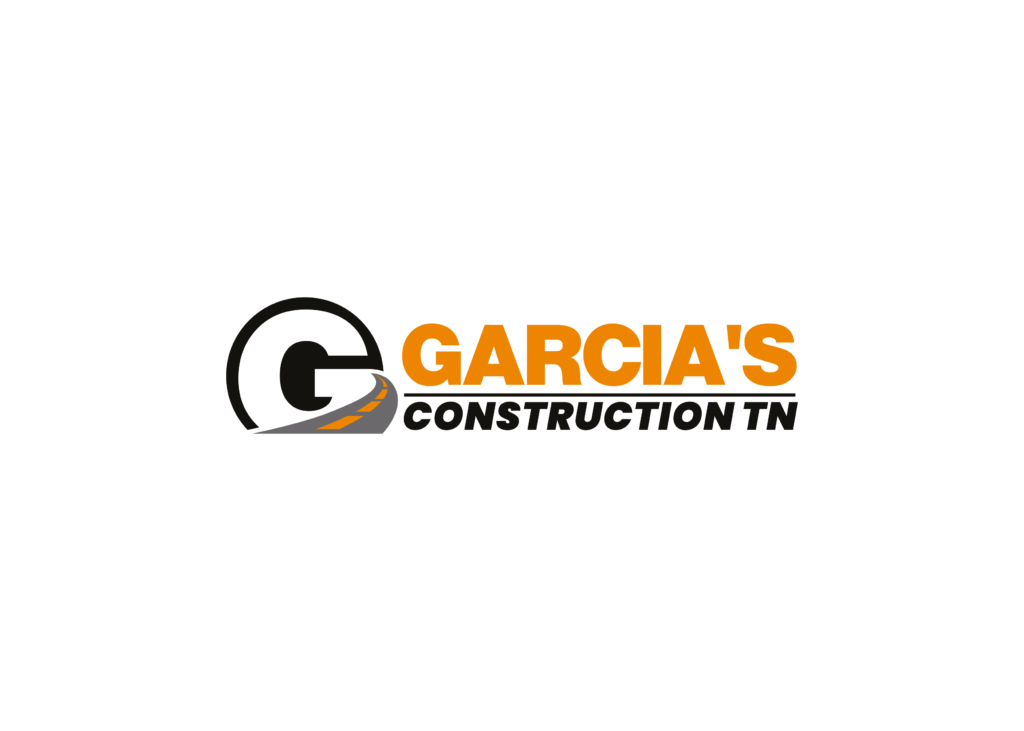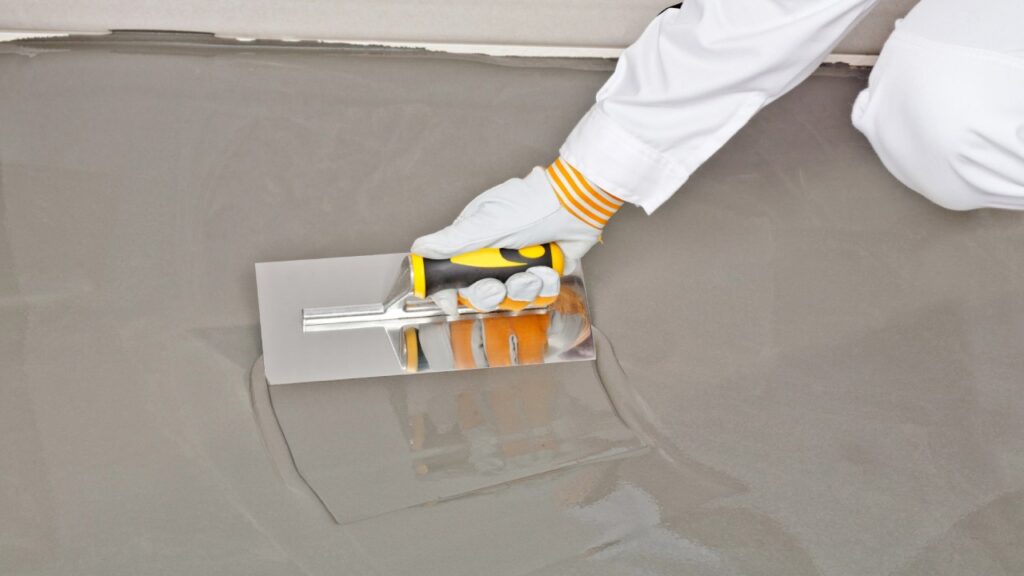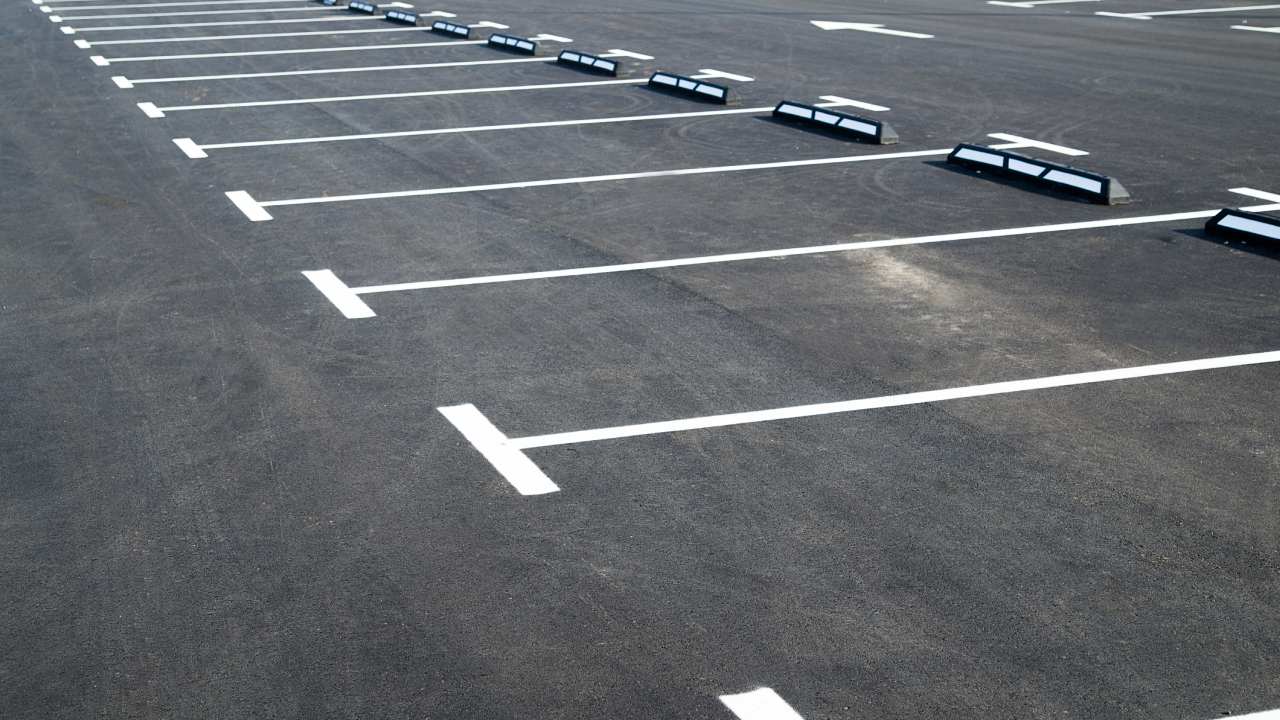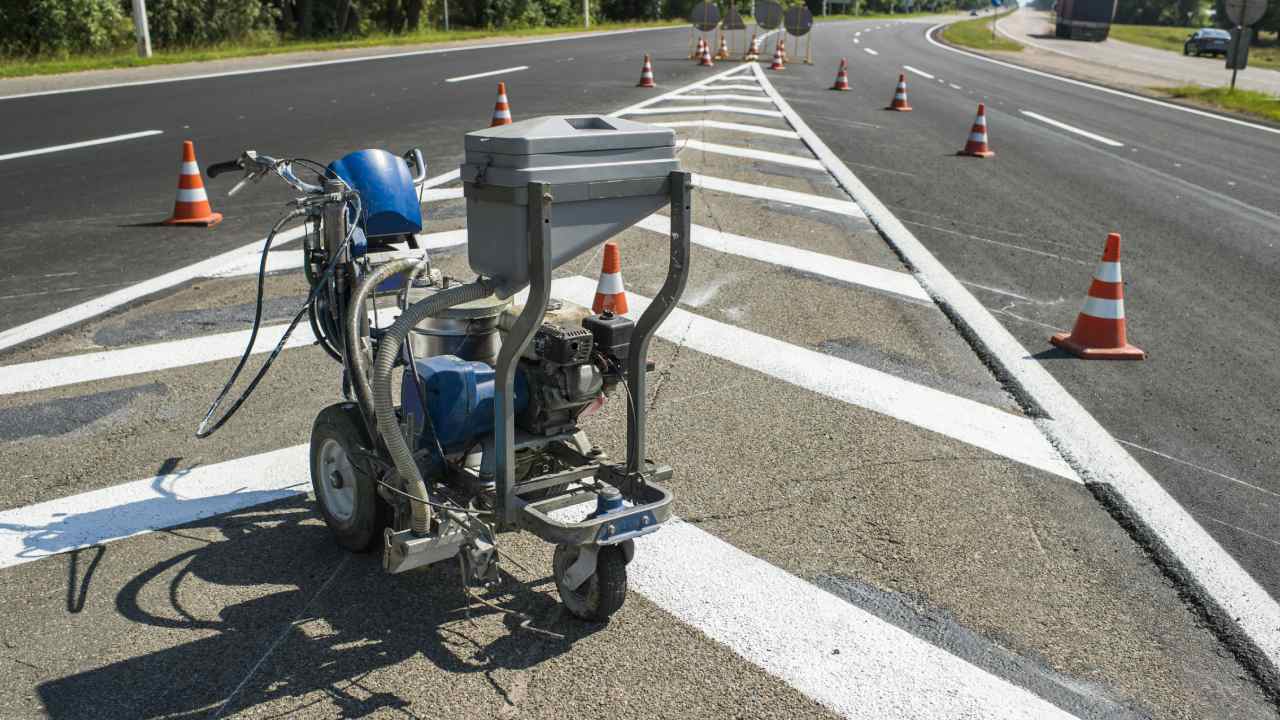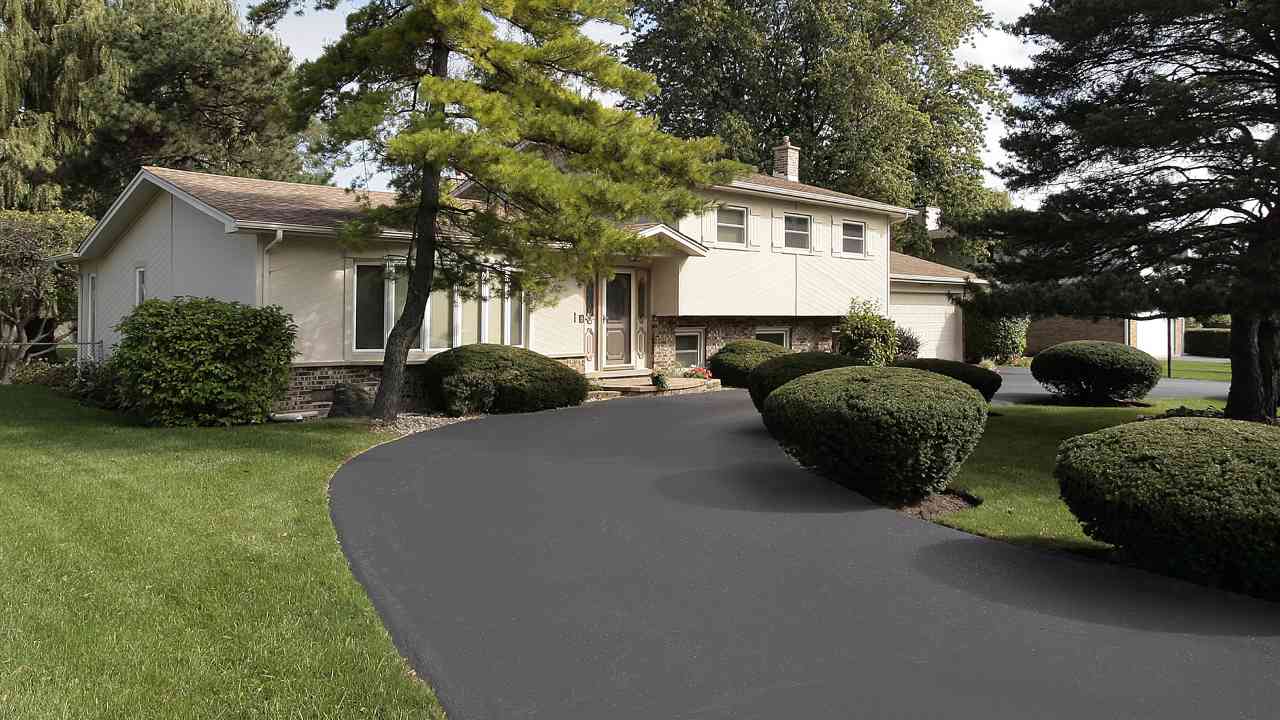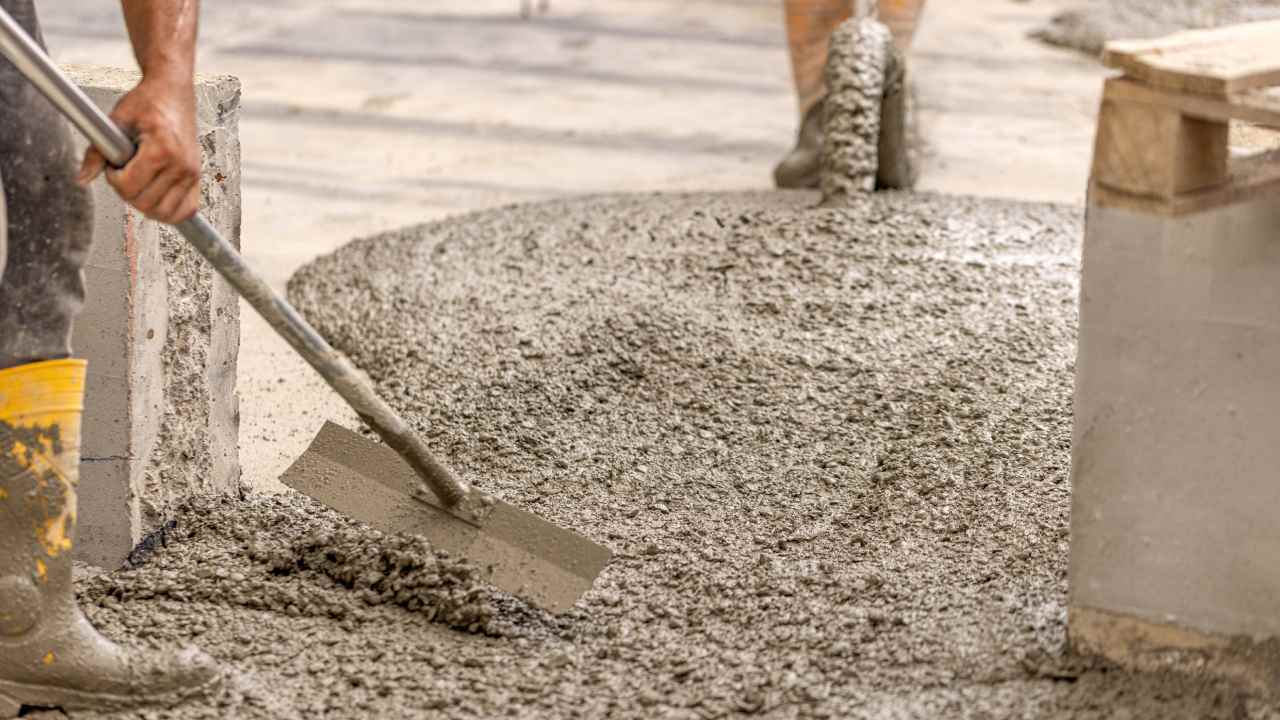Currently, concrete is a material that is widely used in the world of design, from elegant and austere countertops to geometric planters, among other things. Although working with the material may seem complicated, we have good news for DIYers there is no need to be afraid when starting a project. Quality DIY projects are accessible to DIY lovers as long as they have the right knowledge and means.
Here we are going to reveal the trade secrets that make concrete work easier and make the results much more attractive than you can imagine.
1. Include An Admixture To Make The Concrete Easier To Mix
Some people think it is best to look for the most expensive concrete, however most hobbyists can start with simple concrete. For simple projects you can use the standard mix and for larger, more complicated projects, try adding a plasticizer. This helps the concrete mixture flow more easily into the mold, ensuring that the concrete reaches all the nooks and crannies.
2. Perfect Your Pour For Better Consistency And Curing
The most important key to a successful project is achieving the proper texture when making the concrete batch. When mixing concrete look for a cookie dough consistency, not too runny and not too dry, otherwise you may end up with cracks and holes in the concrete. When pouring concrete into a mold, employ a vibration technique, striking a rubber mallet against the sides and bottom of the mold as you pour. This eliminates any gaps or insect holes in the concrete, otherwise you would have to fill once it dries.
3. Choose The Right Mold To Get The Right Results
You may be tempted to use different materials as molds, however, the ones that reduce the best results are made of melanin. With a porous material like cardboard, water from the concrete will seep through and create a rougher finish, in a melanin structure the water has nowhere to go. Instead, concrete mimics the smooth appearance of melanin, resulting in a perfect finish without extra work. When creating a custom mold from the material, screw the strips together and then run a thin layer of silicone over the cracks to keep water from seeping through. Consider making a mold strong enough to hold the heavy concrete.
4. Take Advantage Of The Impressionable Quality Of The Material
While it is still soft, you can press stones, coins, broken tiles, pieces of glass, and any other decorative items into the poured concrete. You can look at many possibilities from integrating trivets into a concrete table or printing a shape to create custom spaces within the piece. To facilitate setup, you can create a gap in a desk or bathroom counter by placing the desired object, whether a pencil holder or a soap dispenser, on the concrete structure with a very thin layer of 100 percent silicone on the surface. means to hold it.
5. Choose The Right Finish To Make This Building Staple Luxurious
Many people think that there are no options when it comes to the look of concrete. There are simple solutions to make concrete look more custom and expensive, acid stains, concrete stains and stamping can create a unique finished look.
